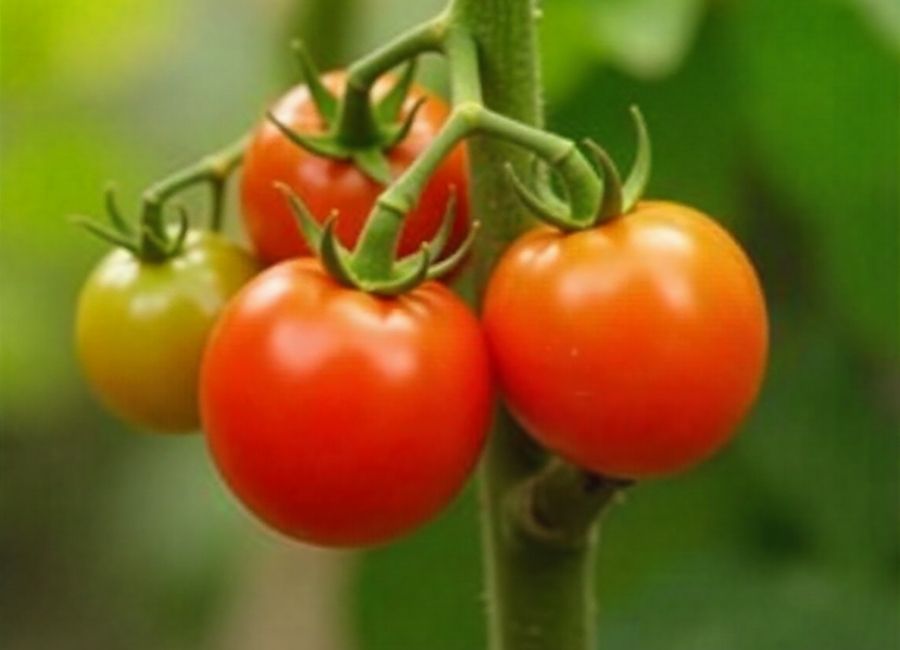Growing tomatoes successfully requires more than just planting seeds and watering regularly. Proper fertilization timing can make the difference between a mediocre harvest and an abundant crop of juicy, flavorful tomatoes. Many gardeners struggle with when to start feeding their plants and how often to continue throughout the growing season.
The timing of tomato fertilization has a direct impact on plant health, fruit production, and overall yield. Feed too early, and you’ll encourage excessive leaf growth at the expense of fruit. Feed too late, and your plants won’t receive the necessary nutrients during critical growth periods. Understanding the optimal fertilization schedule helps you maximize your tomato harvest while avoiding common pitfalls that lead to poor fruit development.
This guide breaks down exactly when to fertilize tomato plants throughout their growing cycle, from the seedling stage to harvest time. You’ll learn the specific timing for different fertilization phases and how to adjust your feeding schedule based on your growing conditions.
Understanding Tomato Plant Growth Stages
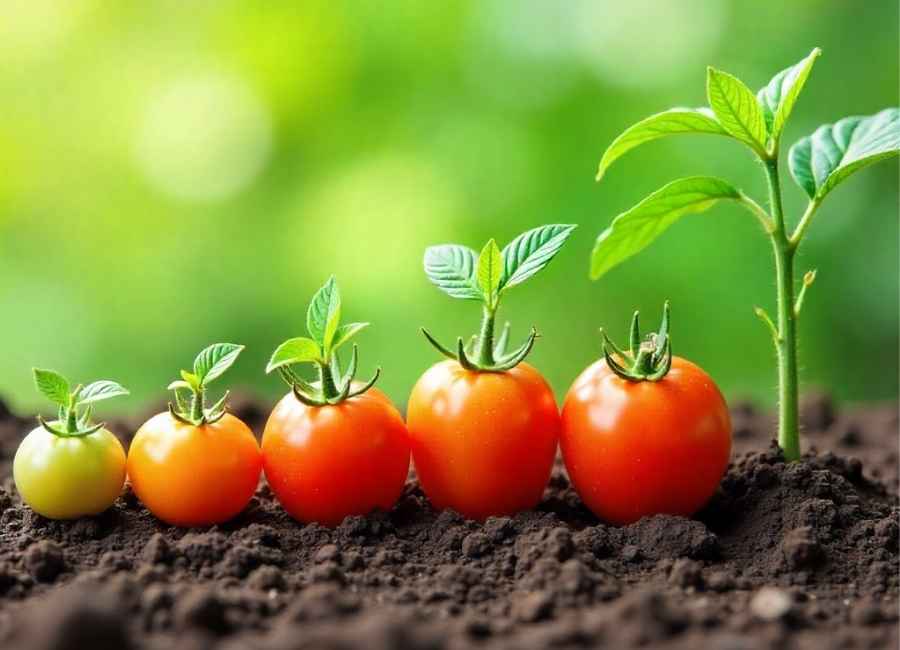
Tomato plants progress through distinct growth phases, each with unique nutritional requirements. Recognizing these stages helps you time your fertilization for maximum effectiveness.
Seedling Stage (0-4 weeks): Young plants focus on developing their root system and initial leaves. During this phase, minimal fertilization prevents nutrient burn while supporting steady growth.
Vegetative Growth (4-8 weeks): Plants rapidly develop stems, branches, and foliage. This stage requires higher nitrogen levels to support the development of leaves and stems.
Flowering and Fruit Set (8-12 weeks): Energy shifts toward flower production and early fruit development. Phosphorus becomes crucial during this transition period.
Fruit Development and Ripening (12+ weeks): Mature plants channel energy into fruit growth and ripening. Potassium needs increase significantly during this final phase.
Pre-Planting Fertilization
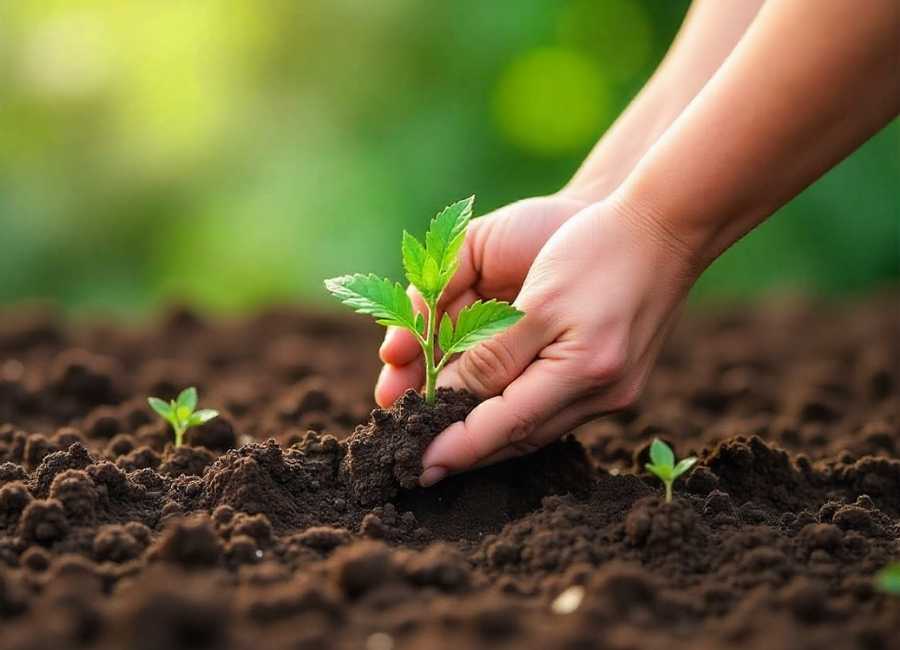
Start preparing your tomato-growing area 2-3 weeks before transplanting the seedlings outdoors. Work compost or well-aged manure into the soil at a rate of 2-3 inches per square foot. (Vegetable Fertilizer Application Rates, n.d.) This foundation feeding provides slow-release nutrients throughout the growing season.
Test your soil pH during this preparation phase. Tomatoes thrive in slightly acidic soil with a pH between 6.0 and 6.8. (Optimizing Tomato Growth: pH Levels for Soil, n.d.) Adjust the pH if necessary by using lime to raise the acidity or sulfur to lower it.
Apply a balanced, slow-release granular fertilizer (10-10-10 or similar ratio) to planting beds 1-2 weeks before transplanting. (Complete Guide to Fertilizing Tomato Plants for Best Harvest: 7 Tips, 2023) Work the fertilizer into the top 6 inches of soil at the rate specified on the package, typically 1 to 2 pounds per 100 square feet. (How to Fertilize Tomatoes for a Bountiful Harvest, n.d.)
Fertilizing Young Transplants
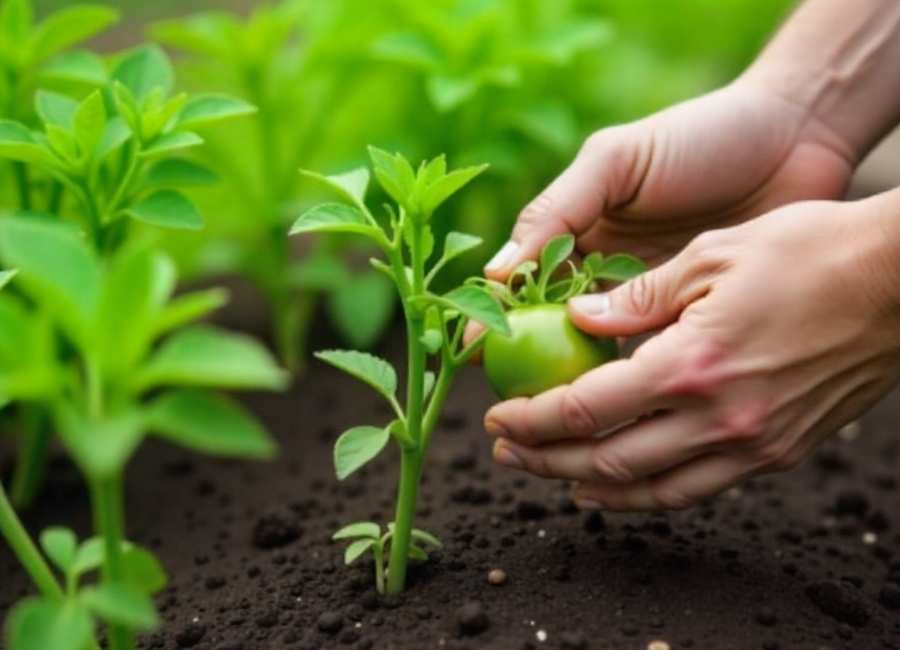
Wait 2-3 weeks after transplanting before applying your first fertilizer dose. This waiting period allows plants to establish their root systems without the stress of processing additional nutrients.
Start with a diluted liquid fertilizer solution when plants are 6-8 inches tall and showing new growth. (When Should You Fertilize Tomato Plants for Optimal Growth, n.d.) Mix a balanced liquid fertilizer (like 10-10-10) at half the recommended strength. Apply this weak solution every 2 weeks during the early growth phase.
Water plants thoroughly before and after fertilizing to prevent root burn. Apply liquid fertilizer directly to the soil around the base of plants, avoiding contact with leaves and stems.
Peak Growing Season Schedule
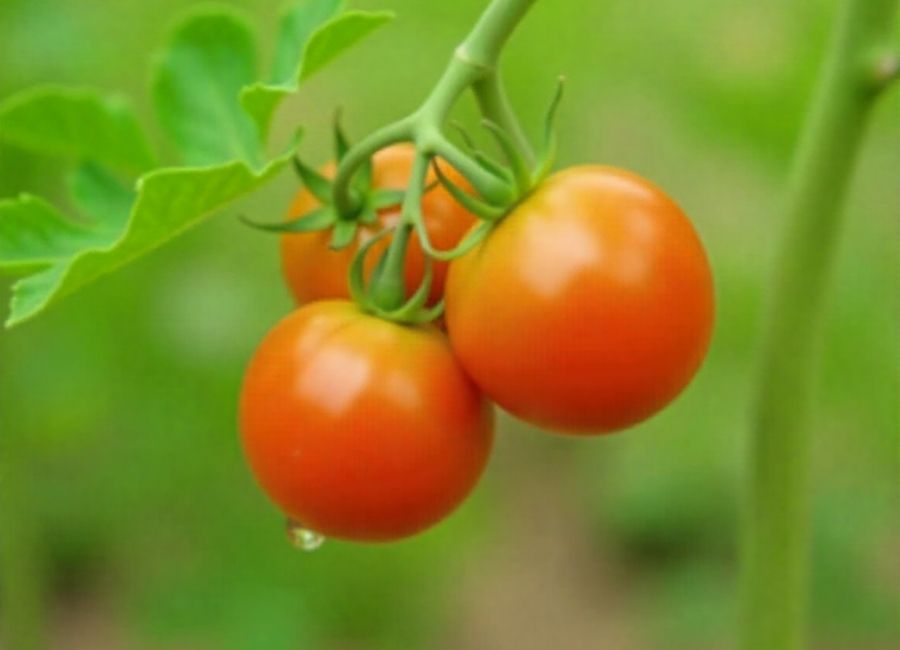
Once plants reach 12-15 inches tall and begin developing flower clusters, increase your fertilization frequency to every 10-14 days. (How Often Should You Fertilize Tomato Plants?, n.d.) Switch to a fertilizer formula with a higher phosphorus content (such as 5-10-10) to support flower and fruit development. (Best Tomato Fertilizers: N-P-K Ratios, Choosing & Organic Options, n.d.)
Monitor plant growth closely during this active phase. Healthy plants show steady vertical growth, deep green foliage, and abundant flower clusters. Yellow lower leaves or slow growth indicate the need for more frequent feeding.
Continue regular fertilization throughout the fruit-setting period, which typically lasts 6 to 8 weeks after transplanting. (When to Fertilize Tomatoes for Maximum Yield, n.d.) Consistent nutrition during this critical window ensures proper fruit development and prevents common problems, such as blossom end rot.
Late Season Fertilization
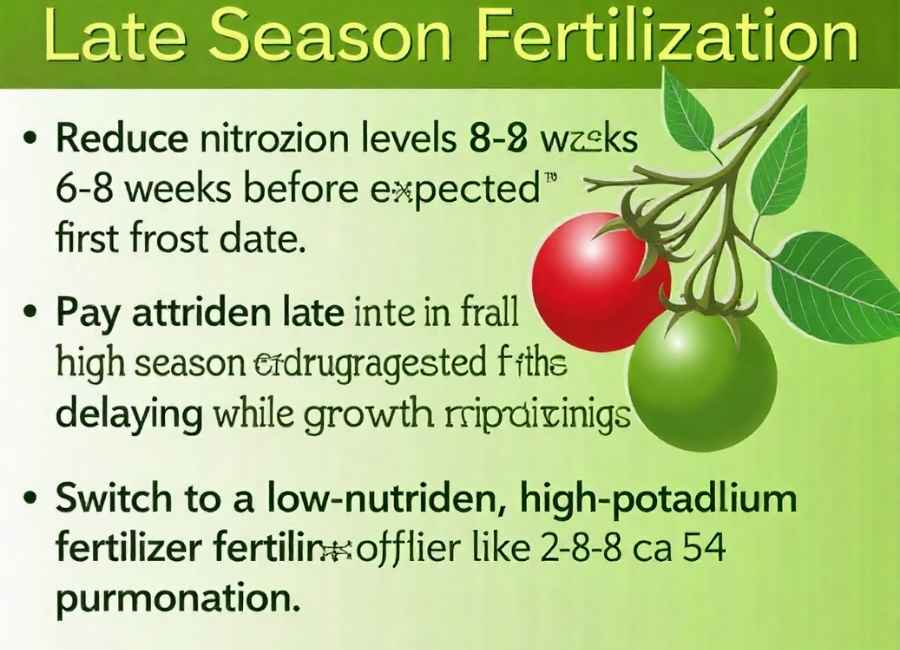
Reduce nitrogen levels 6-8 weeks before your expected first frost date. (Pay attention to fall fertilization timing, 2007) High nitrogen late in the season encourages leaf growth while delaying fruit ripening. Switch to a low-nitrogen, high-potassium fertilizer (like 2-8-8) to promote fruit maturation.
Apply your final fertilizer application 4-6 weeks before the end of the growing season. This timing allows plants to use remaining nutrients for fruit ripening without stimulating new growth that won’t have time to mature.
Focus on consistent watering rather than additional fertilization during the final weeks of growth. Adequate moisture helps plants efficiently transport nutrients to developing fruits.
Signs You’re Fertilizing at the Right Time
Properly timed fertilization produces specific visual cues. Look for steady, consistent growth without excessive leafiness. Healthy plants develop flower clusters 6-8 weeks after transplanting, with fruits beginning to set shortly after.
Well-fed tomato plants maintain dark green foliage throughout the growing season. Yellow or pale leaves often indicate nutrient deficiencies, while overly dark, lush foliage suggests excess nitrogen.
Monitor fruit development as your key success indicator. Plants receiving proper nutrition at the right times produce uniform, well-shaped tomatoes without cracking, splitting, or irregular coloring.
Common Timing Mistakes to Avoid
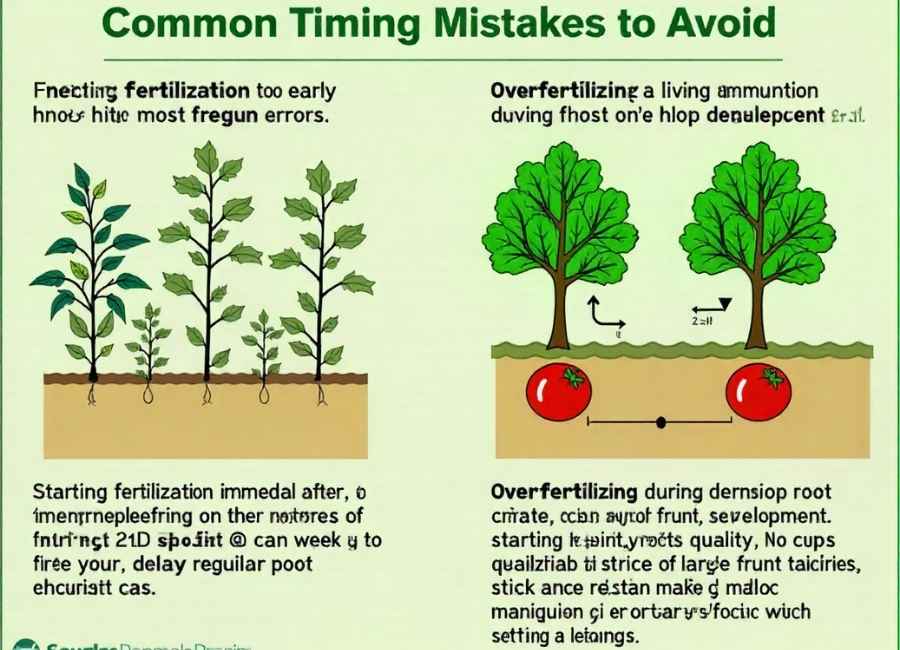
Starting fertilization too early ranks among the most frequent errors. Feeding plants immediately after transplanting can stress their root systems and delay establishment. Allow 2-3 weeks for root development before starting regular fertilization.
Overfertilizing during fruit development can create problems with fruit quality. Excess nitrogen late in the season results in large, watery fruits with poor flavor. Stick to reduced nitrogen formulas once fruit setting begins.
Stopping fertilization too early can limit the potential yield. Continue feeding plants until 4-6 weeks before the end of the season to support ongoing fruit development and ripening.
Adjusting for Different Growing Conditions
Container-grown tomatoes require more frequent fertilization (Growing Tomatoes in Containers, n.d.)ent fertilization than those planted in the ground. Nutrients leach out of containers more quickly, necessitating weekly feeding during periods of peak growth. (Fertilizing Tomatoes in Containers, n.d.) Use half-strength solutions to prevent over-concentration.
Cool weather slows (Cold root temperatures affect nutrient uptake and plant balance, 2023), which requires adjusted timing for nutrient uptake. In regions with short growing seasons, start with liquid fertilizers for faster absorption. Cold soil hinders the effective processing of granular fertilizers by roots.
Hot, dry conditions accelerate nutrient usage. (Tindall et al., 1990) Increase watering frequency to help plants absorb and transport fertilizers properly. Drought-stressed plants are unable to efficiently utilize applied nutrients.
Maximize Your Tomato Harvest Success
Proper fertilization timing transforms average tomato plants into productive powerhouses. Begin with soil preparation 2-3 weeks prior to planting. Wait for establishment before the first feeding, and maintain consistent nutrition throughout peak growing periods.
Remember that timing is more important than the type of fertilizer. The best organic fertilizer applied at the wrong time produces inferior results compared to basic fertilizer used correctly. Focus on matching your feeding schedule to plant development stages.
Track your fertilization dates and plant responses in a garden journal. This record helps you refine timing for your specific growing conditions and varieties. Each season builds your expertise for even better harvests ahead.
Start planning your fertilization schedule now using these timing guidelines. Your tomato plants will reward you with increased yields, better fruit quality, and extended harvest periods when given proper nutrition at the right time.







